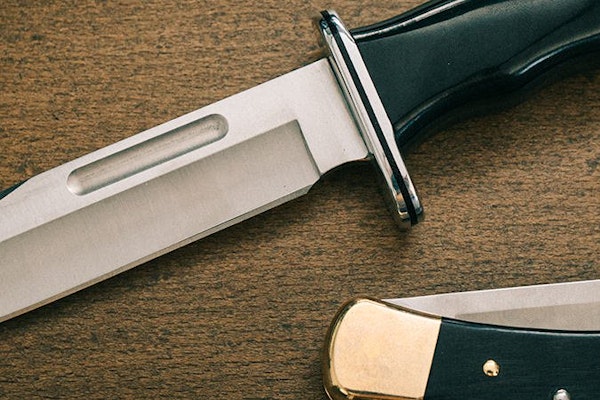Our story, the story of Buck Knives is a story of a family that is proud of its roots, and remains dedicated to the same basic precepts that our founder, Hoyt Buck so clearly laid out many years ago.
It all began at the turn of the century when Hoyt, a teenage apprentice blacksmith created his first knife – a knife that led the way to the wide range of knives that proudly bear his name today.
Based on “The Story of Buck Knives… A Family Business”, written by Tom Ables, we’ll unfold our story, a century of Buck family history and business ventures that created our company.
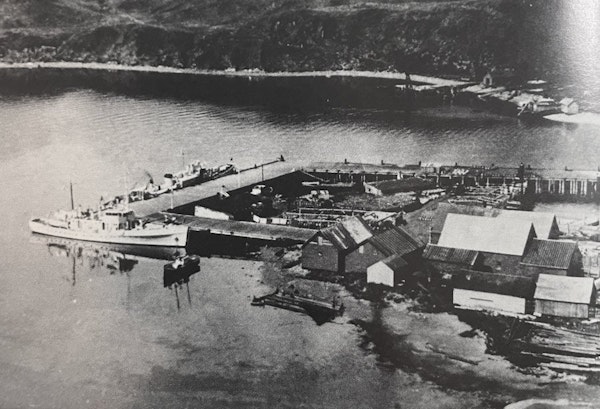
CHAPTER 3: A BEGINNING BUSINESS
In the spring of 1935, Al Buck’s ship was ordered to patrol the Straits of Alaska to protect fur seals from poachers. With good reason, Buck was persuaded to “stow” the family washing machine along with his other gear.
“At first I didn’t understand the urgency, but the guys who had been to Alaska before remembered how many clothes they needed and how difficult it was to keep them clean in those conditions,” Buck said.
“Not only was I given time to serve as ‘chief laundryman’ guys would actually pay me money to do their clothes. By the time I got back to San Diego, I was rich! I had $400. We bought a car, moved into a larger house… we were on our way.” - Al Buck
Buck’s experience in this fledging laundry business encouraged him to open a small laundry in his garage when he left the Coast Guard in 1935.
Two years later, he decided to supplement that income by taking a three-week position at the Cudahy meat packing plant near San Diego’s Mission Bay. When Cudahy offered him a fulltime position, Buck gladly accepted. He abandoned the laundry, vacated his house on Georgia Street and purchased a home near Cudahy, at 1272 Moreno Boulevard.
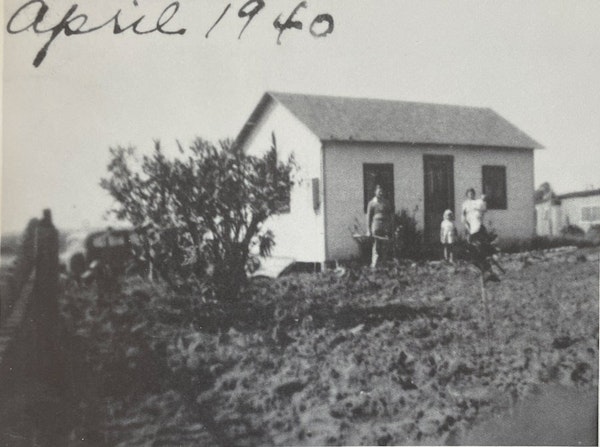
“It was just a small house,” Buck recalled. “Cost us $1,000; $20 down and $20 a month.”
The address was to become significant, however, because 1272 Boulevard was the original location of the Buck Knife Co., as it was called in the formative years.
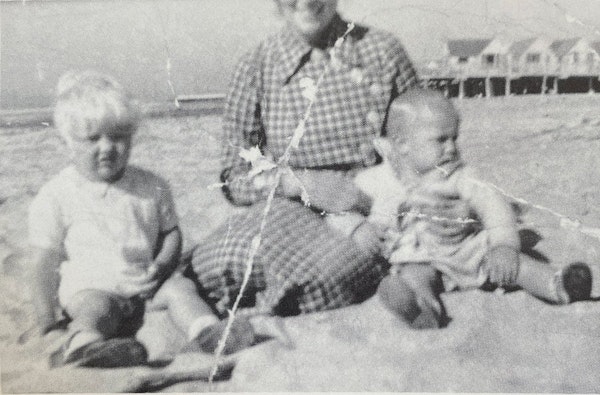
Among Al Buck’s tasks at Cudahy was cleaning the heavy equipment used to process the meat. In 1941, he nearly severed his left hand while cleaning a grinder. For the better part of a week, doctors battled to save his hand. Ultimately, they succeeded, in large part due to the determination of their patient. His faith told him that if the doctors would do the best they could do; God would do the rest.
There was no quit in Al Buck, and his perseverance was never more evident than during his convalescence. Within six weeks, he had returned to Cudahy as a night watchman. Within six months, he was back at his regular job.
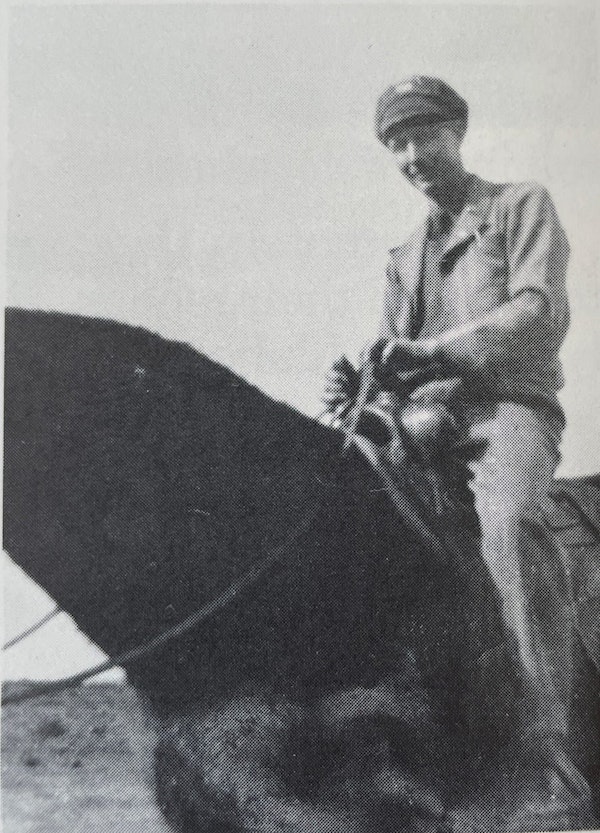
Shortly after the start of World War II, Buck learned that the San Diego Transit Company had a desperate need for city bus drivers. Not only would they be paid an excellent hourly wage, they could volunteer for overtime, and Buck embarked on a new career.
He was driving a bus on V-J Day 1945, and he remembers the spontaneous street party that engulfed San Diego.
Al was also driving a bus the day his father arrived in San Diego from Mountain Home, Idaho, in 1945. And he was still driving a bus, the day his father invited him to help form a knife business in 1946.
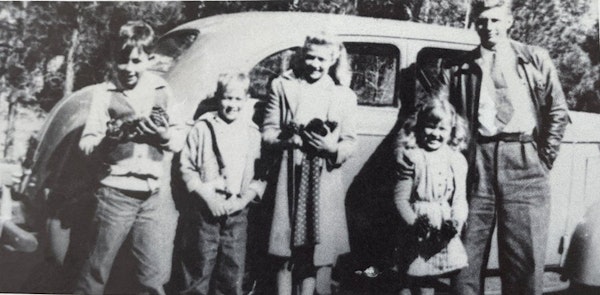
Although neither of them realized it at the time, the paths of Hoyt and Al Buck, father and son, actually had begun to coincide as far back as 1937, nine years before Hoyt came to San Diego. That was the year he accepted a position as a millwright at the Anderson Ranch Dam, in Mountain Home, Idaho.
It was that move which led to Hoyt Buck’s first formal production (in 1941) of the knives that would eventually bear his name.
His entry into the ”knife business” began modestly enough. Upon arriving in Mountain Home, he agreed to serve as pastor of the Assembly of God Church, a small congregation of fundamentalists whose pastor recently had departed the community.
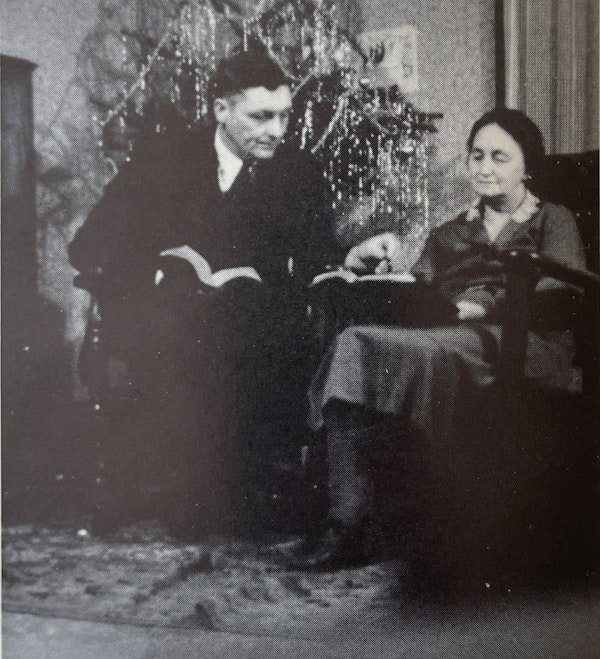
Jolted by Pearl Harbor in 1941, and struggling to outfit an army, the U.S. Government asked all Americans to help arm our fighting men by donating to the military their fixed-blade knives.
Spurred by patriotism and a desire to defend Christianity from the war machines of Japan and Germany, Hoyt Buck purchased a forge, anvil and grinding mandrel. With these tools at hand, he returned to his youthful roots and opened a small blacksmith shop in the basement of his church.
“I didn’t have any knives, but I sure knew how to make them,” Hoyt Buck later explained. And he began handcrafting knives for the men stationed at the nearby Army Air Corps base – knives that bore the unmistakable Buck touch.
Soon, word of Buck’s knives began spreading through the military community. Not only were his knives new, rather than used, his special tempering process produced blades that were both sharp and long-lasting.
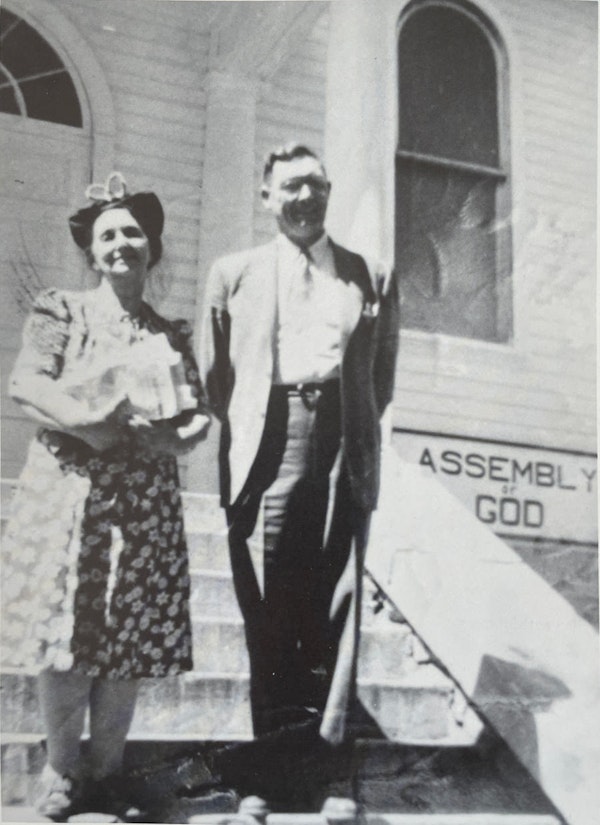
Servicemen made special trips to Buck’s little church in Mountain Home to request a custom-made knife. By the end of World War II, Buck had a waiting list of G.I.’s who wanted a Buck knife.
When they did receive their Plexiglas handled Buck knife, they also got a custom tailored sheath, cut by Buck and stitched by a local shoemaker.
In 1945, a majority of the servicemen who had been stationed at the Mountain Home Air Corps Base were transferred elsewhere. Since the community’s economy had come to depend largely on the military during the war, these departures literally ruined a number of businesses, spurring hundreds of civilians to leave town, as well.
Eventually, the departed included Hoyt and Daisy Buck, both of whom had wearied of the long winters and humid summers of the Pacific Northwest. They loaded their possessions – including Hoyt’s forge, anvil and grinder – into the back of a trailer. They hitched the trailer to their Hudson Terraplane and pointed it south, toward San Diego, where Hoyt and Daisy had decided to join their eldest son, Al.
With that decision, another step was taken in that amazing and circuitous path that led inexorably to the full flowering of Buck Knives.

